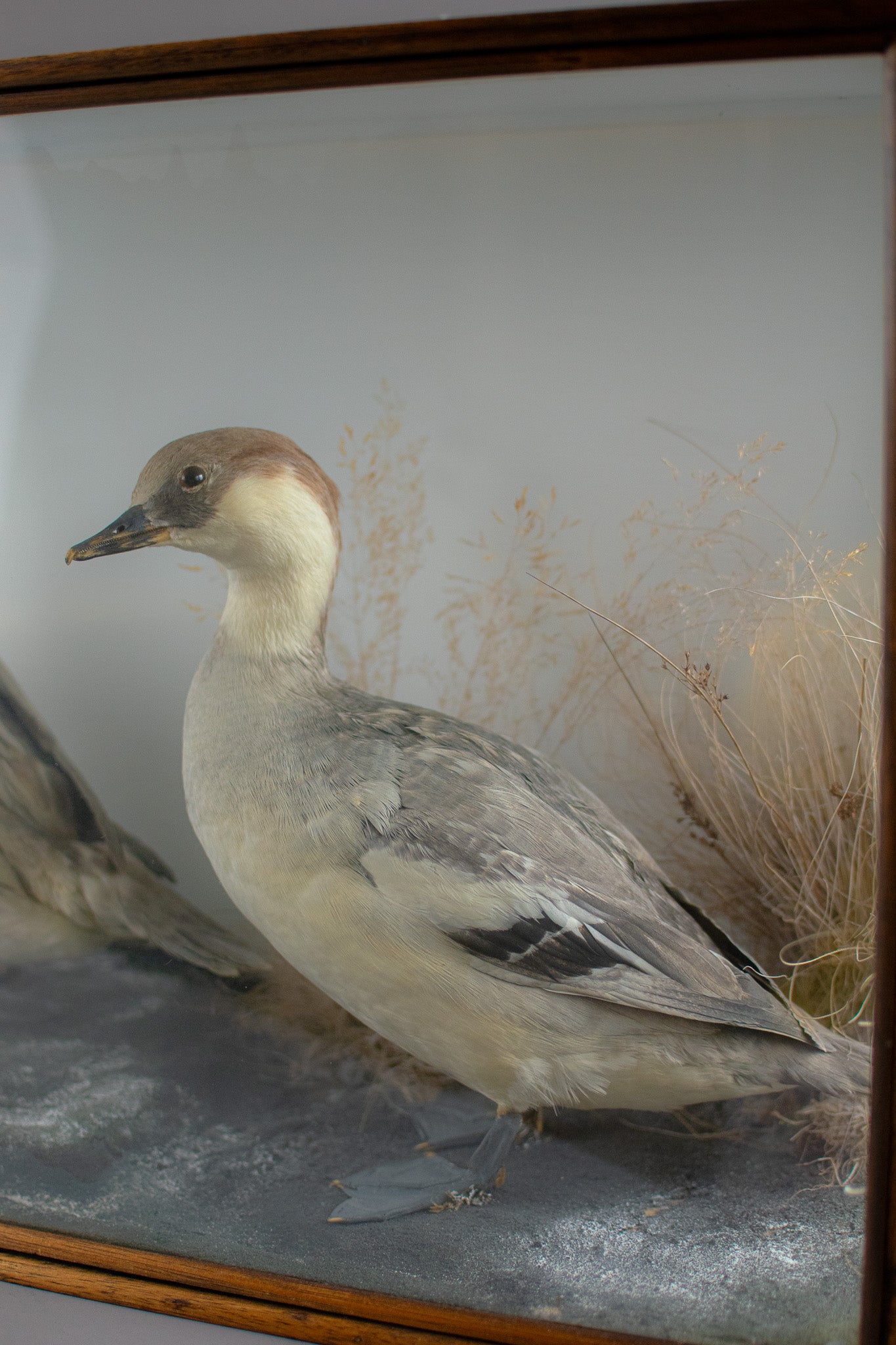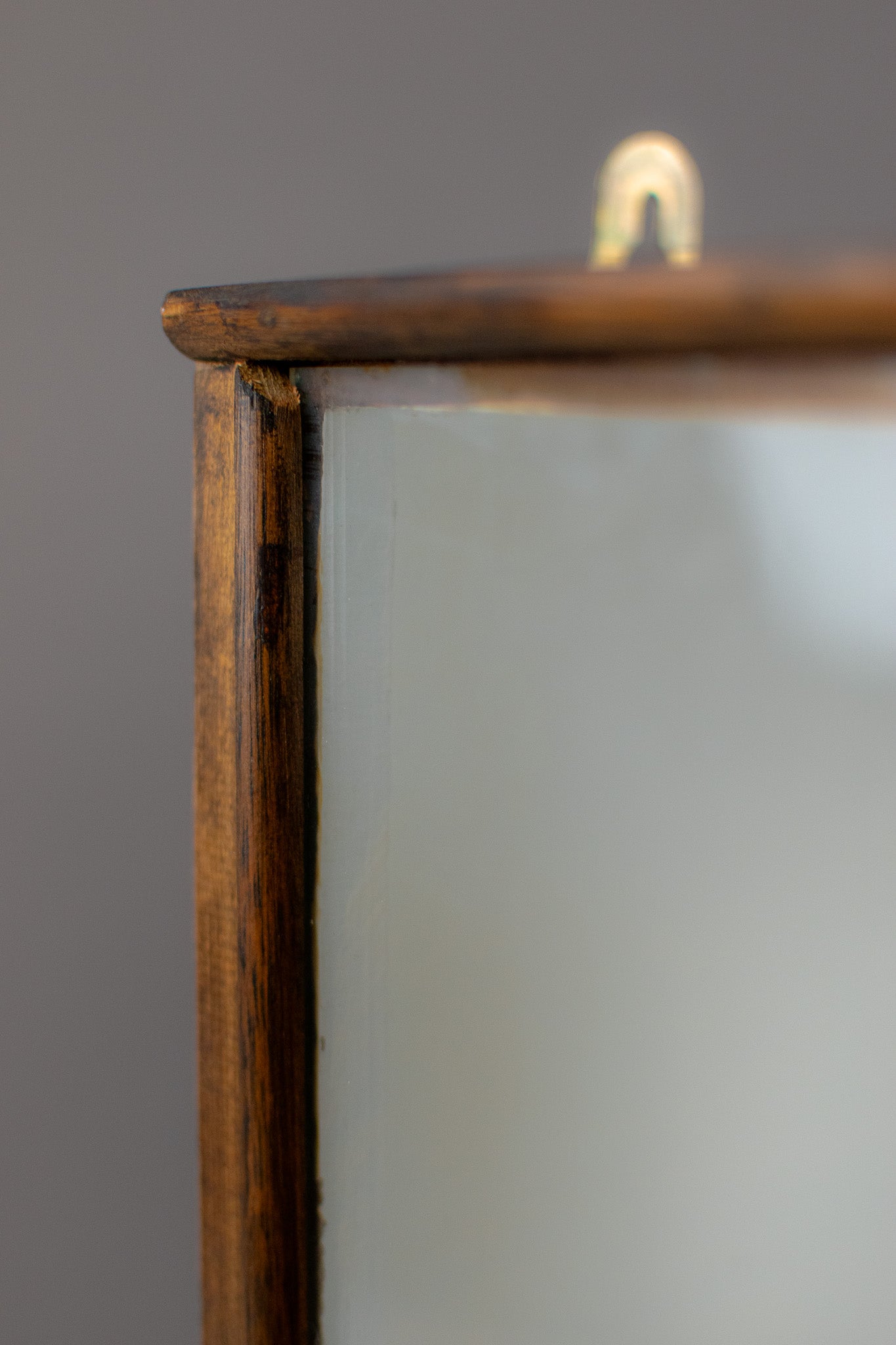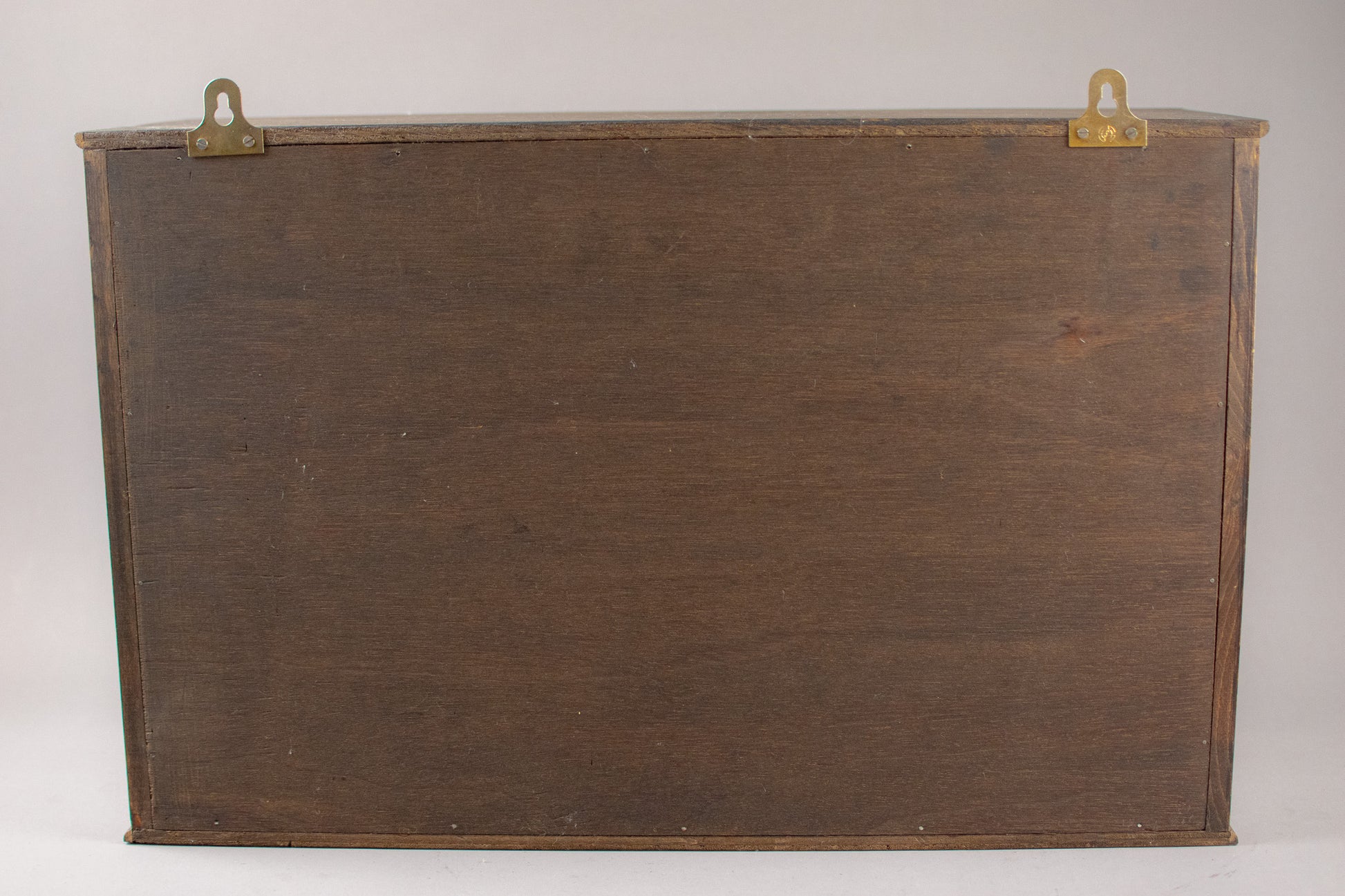House of Eliza
Taxidermy Cased Pair of Smew Ducks (Mergellus albellus) Circa Late 1900s
Taxidermy Cased Pair of Smew Ducks (Mergellus albellus) Circa Late 1900s
Couldn't load pickup availability
Share
A stunning cased pair of full mount adult Smew ducks, hen and drake, each with their heads turning to the left, stood upon painted faux rockwork below, amidst a frosted interior of tall grasses, set against a white painted back drop, enclosed within a three-glass display case.
Circa late 1900s.
DOE stickers present.
Dimensions
Height: 15'' Width: 23'' Depth: 8.5''
Condition report:
In overall very good condition. Some peeling to the paintwork in two bottom corners. Top inner piece of decorative wood is missing from the top left side of the case and it appears the side piece of wood below the missing piece had previously fallen off and someone has super glued it back on leaving some super glue exposed. Please refer to the photos.
Please note colours may vary depending on your screen.
We are always very honest with our listings and will always list any age related issues we notice but please be aware that this is an old piece and imperfections may occur.
The Smew Duck
The smew is a small sawbill, a group of ducks named for their serrated bills. They're diving ducks, which spend a lot of time under the water hunting for food - mostly aquatic insects in summer and small fish in winter.
Smews are winter visitors to the UK, with most birds not arriving until at least December and leaving again by the middle of March. They spend the summer in the taiga forests of northern Scandinavia and Russia, where they nest around lakes, ponds, rivers and other water-logged places with lots of trees. The females lay their eggs in holes high up tree trunks, lining their nest with soft down feathers. They often use old cavities excavated by black woodpeckers, though they'll happily use large nest boxes instead. The ducklings will jump down to the ground at just a day or two old and make their way to the nearest water.
Outside of the breeding season, smews can sometimes form large flocks but are usually found in small groups. In the UK, most sightings of smews involve single birds, or very small groups.




















